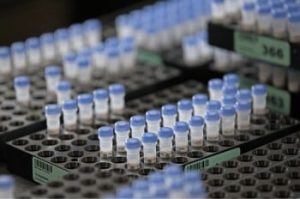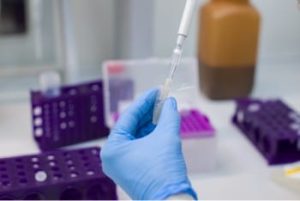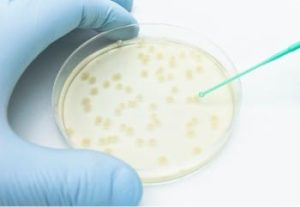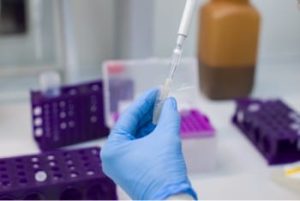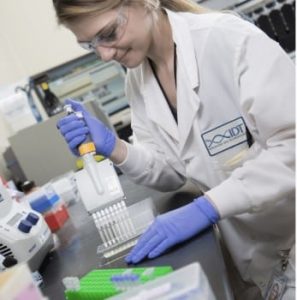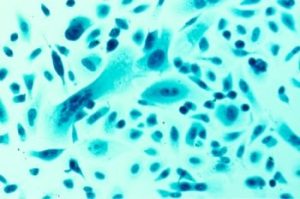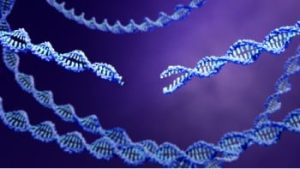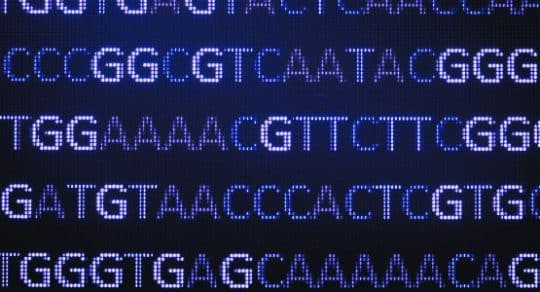Brief overview of antibody discovery research
Antibody discovery research is one of the first steps in vaccine development. However, the vaccine design challenge requires a rationale epitope-focused strategy, which involves understanding antibody-antigen interactions at the molecular level. A single antibody-antigen structure will not suffice due to the structural and biophysical antibody (Ab) features that exist. This requires a new strategy to rapidly identify and characterize additional Abs. A major complication that exists in vaccine design development is to reduce the possibility of target Abs generating an antibody response to non-neutralizing epitopes.
Hepatitis C virus (HCV) has a lot of variation in its sequences, and therefore, a specific Ab would not be effective against all current variants and future variants. Yet, some infected individuals produce broadly neutralizing antibodies (bNAb) that can clear HCV infections. The authors of this study use previously identified bNAbs to HCV to identify the structural conformations essential to creating a vaccine that is specific to HCV variants.
Applying the P3SM approach in identifying new Abs that neutralize multiple HCV strains
The Position-Specific Structure Scoring Matrix (P3SM) is a homology modeling-based approach that has been used to identify Abs associated with other major viral diseases [1]. This approach is useful when searching for structural and functional homologous antibodies in sequence databases based on known antibody-antigen co-crystal structures. The authors used this tool in determining the homology of a subset of sequences, then generating a scoring matrix and applying it to the HCV target sequences.
There are limitations with this approach, particularly during the homology modeling stage, when a prediction is made for a given sequence adopting a given conformation and whether that conformation forms the required interactions. Consequently, it may not be guaranteed that the conformation will provide the most favorable interaction for the sequence. Therefore, the authors focused on a specific motif of the bNAb heavy chains and applied the P3SM approach to select ten HCDR3 sequences, resulting in the discovery of two recombinant Abs. Using the P3SM approach, they found that seven out of the twenty-two tested monoclonal antibodies (mAbs) bound to the HCV E2 ectodomains. Additionally, they found that the newly identified Abs even neutralized multiple HCV strains.
Using molecular dynamicssimulation and biochemical methods to determine HCDR3 loop conformations
To determine what was responsible for the observed bent HCDR3 loop conformation, the authors performed multiple molecular dynamics simulations and biochemical methods. These helped investigate how the intrinsic dynamics of the HCDR3 loops differ since the crystallographic artifacts were unlikely to be responsible for this conformation preference. Ultimately, the authors found that the variability in binding and neutralization efficiency may be related to the flexibility of the different HCDR3 loops.
In summary, the authors discovered new bNAbs using the P3SM approach. They performed a search for structurally similar bNAbs and focused on defining the key determinants of the bNAbs family activity. IDT primers were designed based on the nucleotide sequence for the HCDR3 loop sequences from various bNAbs. They also designed gBlocks™ Gene Fragments that encode the HCDR3 loop sequences which were cloned into vectors. The authors performed structural determination studies by characterizing the HCDR3 loop preferences of adopting either straight, or bent conformation, which determines how the antibody-antigen interacts. Interestingly, the bNAbs structure revealed a bent HCDR3 conformation rather than the straight conformation used as input for the P3SM search. The authors provided evidence in their manuscript on why the bNAbs had the HCDR3 loop bent conformation.
Read more about how IDT gBlocks Gene Fragments can help you in your antibody discovery research.
References
[1] Finn JA, Dong J, Sevy AM, et al. Identification of Structurally Related Antibodies in Antibody Sequence Databases Using Rosetta-Derived Position-Specific Scoring. Structure. 2020;28(10):1124-1130.e5. doi:10.1016/j.str.2020.07.012
For research use only. Not for use in diagnostic procedures. Unless otherwise agreed to in writing, IDT does not intend these products to be used in clinical applications and does not warrant their fitness or suitability for any clinical diagnostic use. Purchaser is solely responsible for all decisions regarding the use of these products and any associated regulatory or legal obligations. Doc ID: RUO22-1286_001

